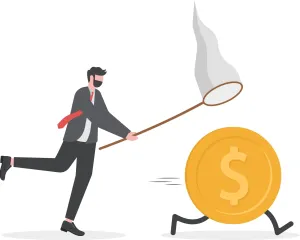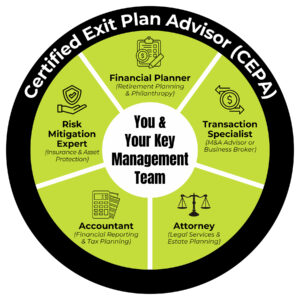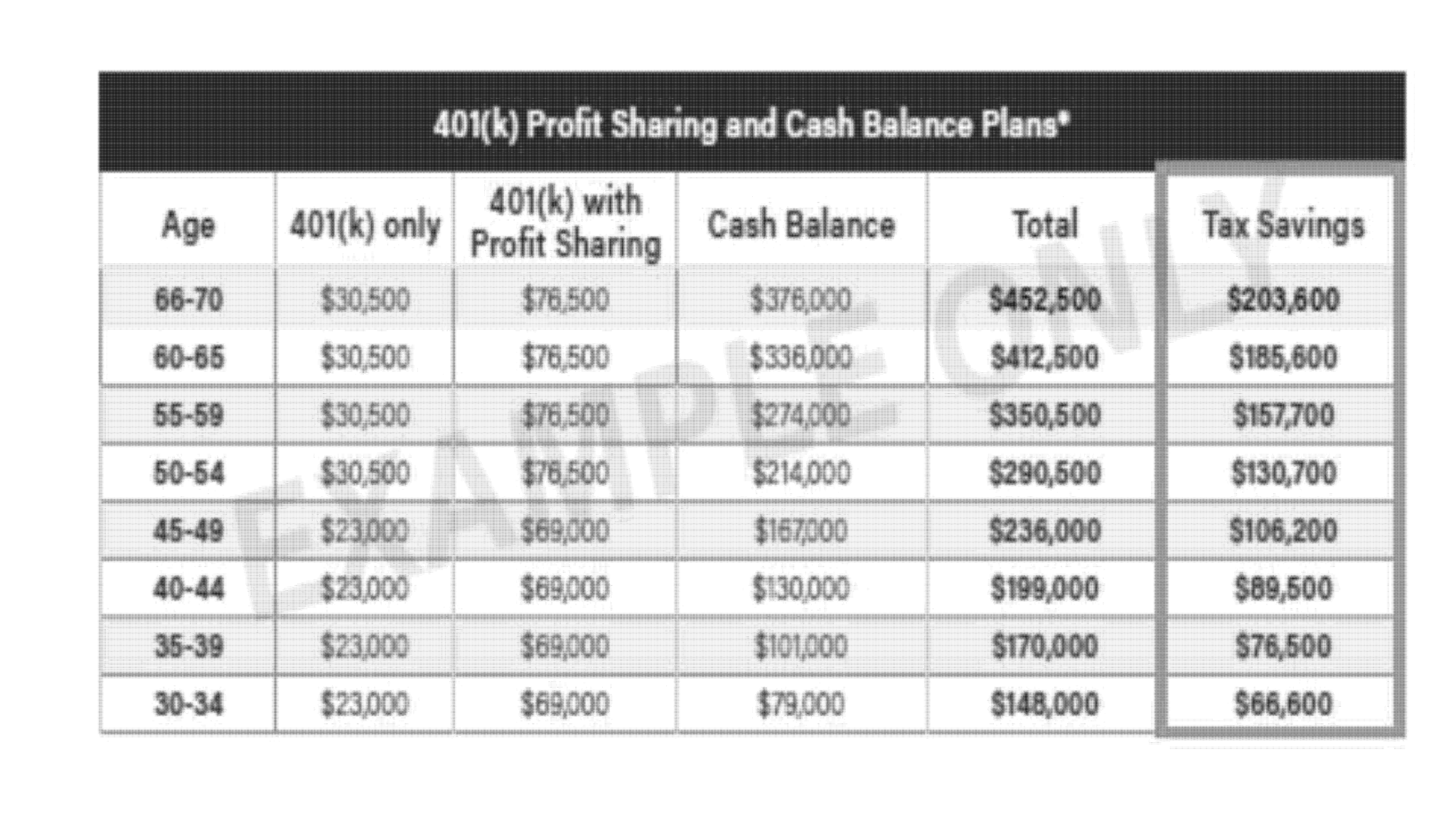We began this series by saying that Private Equity reputation is as the Great Satan to some, and a savior to others, depending on the personal experience of the speakers. In fact, both reputations are well deserved, but neither can be universally applied.
The “Great Satan” Private Equity Reputation
 PEGs buy companies for the express purpose of improving their performance. That often comes with considerable pain for employees. A Searchfunder I know said recently “I’m looking at this acquisition because the owner thinks he is running an efficient company, where I see at least ten points that could be dropping to the bottom line.”
PEGs buy companies for the express purpose of improving their performance. That often comes with considerable pain for employees. A Searchfunder I know said recently “I’m looking at this acquisition because the owner thinks he is running an efficient company, where I see at least ten points that could be dropping to the bottom line.”
Efficiency is good, but too often it flies in the face of what made a company successful. In one example I recall, the PEG principals spoke to the assembled employees the day after closing on the business. They said “We bought this company for its culture and its people. Those are the most important assets to us.”
The cuts started coming the following Monday. Thanksgiving turkeys were “outdated.” Gone. All bonuses would be performance-based, so extra bonuses at Christmas would be discontinued. Season seats for the local sports franchise – gone. (Most of those went to customers.) Weekend overtime – gone. Schedules would be rearranged so that weekend workers were now scheduled for Saturdays and Sundays and got fewer hours during the week to make up for it.
Employee discounts on the company’s products – gone. Partial subsidies for family health insurance, well by now you are getting the gist. The flood of cuts was shocking and seemed unending. The flood of resignations started soon after.
By the way, the PEG missed its planned flip date (when they were supposed to sell to a bigger PEG) because of poor results and eventually took the company into Chapter 11.
I wish I could say that this type of result was unique, but it happens in far too many cases.
The “Savior” Private Equity Reputation
There is another reality. About 50% of all the privately held employers in the United States are Baby Boomers. The youngest of these are now turning 60. Many have built substantial enterprises whose value is far beyond what a younger entrepreneur can afford.
Private Equity has morphed into a many-headed creature, capable of acquiring almost any size business with value. It will never be for the mom-and-pop businesses that merely earn a living for the owner. As Doug Tatum says in No Man’s Land, they have grown to a level where they provide “wealth” to the owner equivalent to three salaries. Unfortunately, the owner must hold down three jobs for it to work.
But businesses with real cash flow, from a few hundred thousand dollars to a few hundred million, can find a tranche of PEGs who will consider their acquisition. Some specialize in minority ownership, or in funding the transition to a new generation of owners. Like it or not, these will be the saving of an entire generation who became successful by building a illiquid asset.
The latest estimate (from the Exit Planning Institute) is that these owners have $14 trillion dollars locked up in these illiquid assets – their companies. It that was an economy, it would be third in the world behind only the USA and China.
Reputation Counts
Many business owners are dazzled by the money a PEG has. With 17,000 of them out there, “We have money” is no longer as impressive as it once was. If a PEG comes calling, sellers (and their advisors) should carefully research their track record. If they lead with a guy “just like you” who owned a previous acquisition, be cautious. In most cases, he or she is compensated for adding to their portfolio.
Instead, talk to other owners who were acquired previously and are no longer active in the business. Look carefully into the acquirer’s experience in your industry. Unfortunately, “We have money” sometimes dazzles the PEG too. They begin to think financial manipulation is the only thing needed to make any business more successful.
Private Equity reputation is important. It will help you decide whether you should be discussing “show me the money” or “show me the future.”
John F. Dini develops transition and succession strategies that allow business owners to exit their companies on their own schedule, with the proceeds they seek and complete control over the process. He takes a coaching approach to client engagements, focusing on helping owners of companies with $1M to $250M in revenue achieve both their desired lifestyles and legacies.




